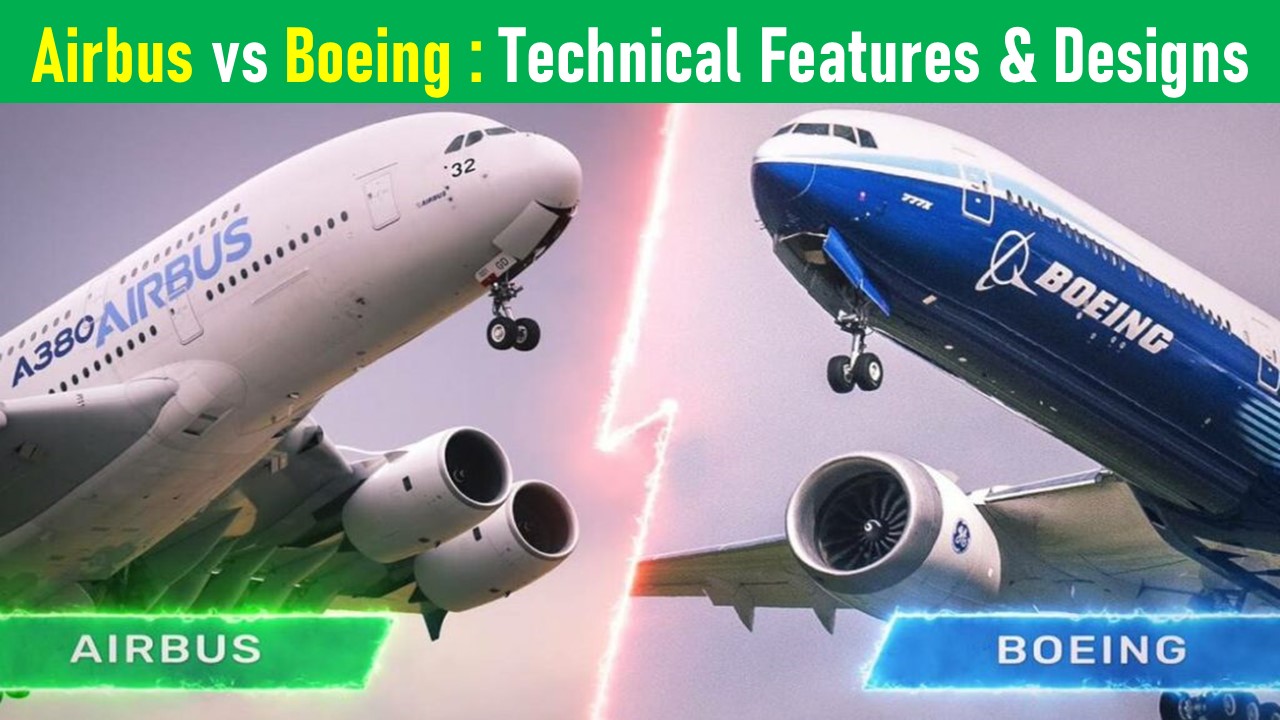Explore an in-depth comparison of Airbus vs Boeing, focusing on their unique technical features and cockpit designs. Dive into the intricacies that set these aviation giants apart.
Frequent travelers and aviators often ponder: Which is superior, Boeing or Airbus? These two titans dominate the aviation industry, each with its own set of proponents and critics. Many passengers struggle to differentiate between an Airbus and a Boeing aircraft. With air travel becoming an integral part of our lives, understanding the nuances between these two giants is essential. This article aims to shed light on those differences, assisting those who’ve journeyed on either but couldn’t discern one from the other.
The Historical Overview of Airbus vs Boeing
Airbus
Established in 1970, Airbus aimed to compete with major American aircraft manufacturers. Rooted in European collaboration, it’s now a global powerhouse.
Boeing
Boeing’s history dates back further, to 1916. Originating in the United States, Boeing has become one of the most recognizable names in aviation.
Hire an expert on this topic via my Upwork profile.
Airbus vs Boeing Showdown
Since the 1990s, Airbus and Boeing have dominated the large jet airliner market, establishing a fierce rivalry. Let’s delve into the primary distinctions that differentiate these two leading aircraft producers.
Naming System
Airbus follows a simple system starting with ‘A’ followed by a number, such as A320. Boeing uses a ‘7’ series format like 747 or 787.
Birthplace: Boeing vs. Airbus
Boeing: Boeing is an American multinational corporation founded in Seattle, Washington. The company’s roots trace back to July 15, 1916, when William E. Boeing started the company alongside George Conrad Westervelt as “Pacific Aero Products Co.” Shortly after, in 1917, the name was changed to “The Boeing Airplane Company.” Over the years, Boeing grew in prominence and became a leading aircraft manufacturer, playing a significant role in the global aviation industry.
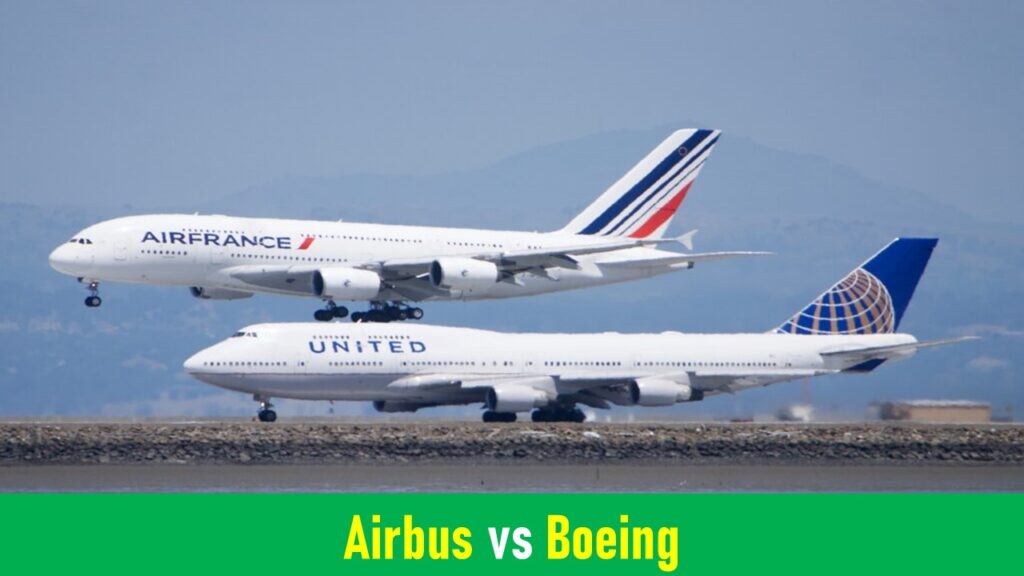
Airbus: On the ther hand, Airbus was established as a European consortium. It was officially formed in December 1970, following an agreement between France and Germany to produce an airliner known as the A300, the first twin-engined wide-body in the world. With headquarters in Toulouse, France, Airbus was the outcome of a collaboration among several major European aerospace companies. Over time, Airbus expanded its portfolio and strengthened its position, making it one of Boeing’s primary competitors on the international stage.
In essence, while Boeing originated from the entrepreneurial spirit of its American founders, Airbus was born from a European collaboration aimed at strengthening the continent’s position in the aviation sector.
The Design of the Nose & Windshield: Airbus vs Boeing
Boeing: The design of Boeing aircraft, particularly when it comes to the nose and windshield, tends to be more traditional. Boeing planes typically feature a pointed nose, giving them a slightly more aggressive appearance. The windshields on Boeing aircraft are characterized by their multiple panes, usually four to six, and the sharp angle they form with the plane’s body. This design not only provides pilots with a comprehensive field of view but also evokes a certain vintage charm, a nod to the company’s longstanding history in aviation.
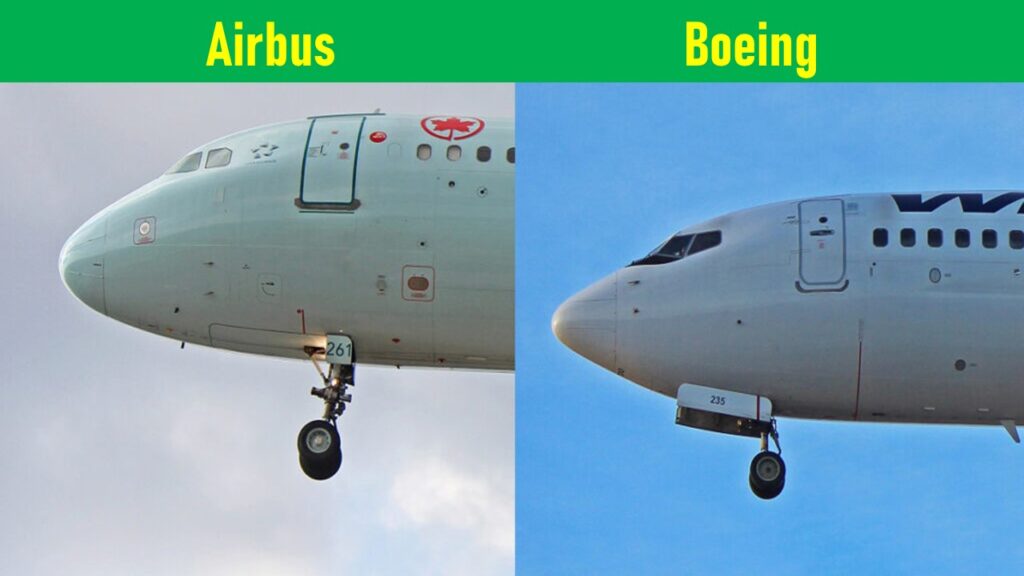
Airbus: Airbus aircraft, conversely, are known for their bulbous or rounded nose design. This gives them a somewhat more modern appearance, reflecting the company’s newer entry into the aviation market compared to Boeing. The windshield on Airbus planes is notably different from Boeing’s. It’s more blended with the aircraft’s structure, often appearing sleeker, with a design emphasis on aerodynamics. The curved, larger panes in Airbus windshields are structured to reduce reflections and give pilots an unobstructed view, combining functionality with contemporary aesthetics.
In summary, while both Boeing and Airbus have unique design philosophies, their approach to the nose and windshield design serves as a distinct marker, often allowing aviation enthusiasts and frequent flyers to identify the manufacturer at a glance.
Landing Gear: Airbus vs. Boeing
Boeing: Boeing aircraft generally have a forward-tilting front landing gear when retracted. This design is a hallmark of many Boeing planes, making them recognizable during landing and take-off.

Airbus: Airbus aircraft, in contrast, typically feature a straight front landing gear when retracted. This more upright stance distinguishes them from their Boeing counterparts.
In short, the forward tilt of Boeing’s front landing gear and the straight design of Airbus’s are key differences in their landing gear designs.
Engine Design: Airbus vs. Boeing
Boeing: Boeing’s engines are often more elongated and tend to have a flatter bottom, which gives them a unique, recognizable shape.
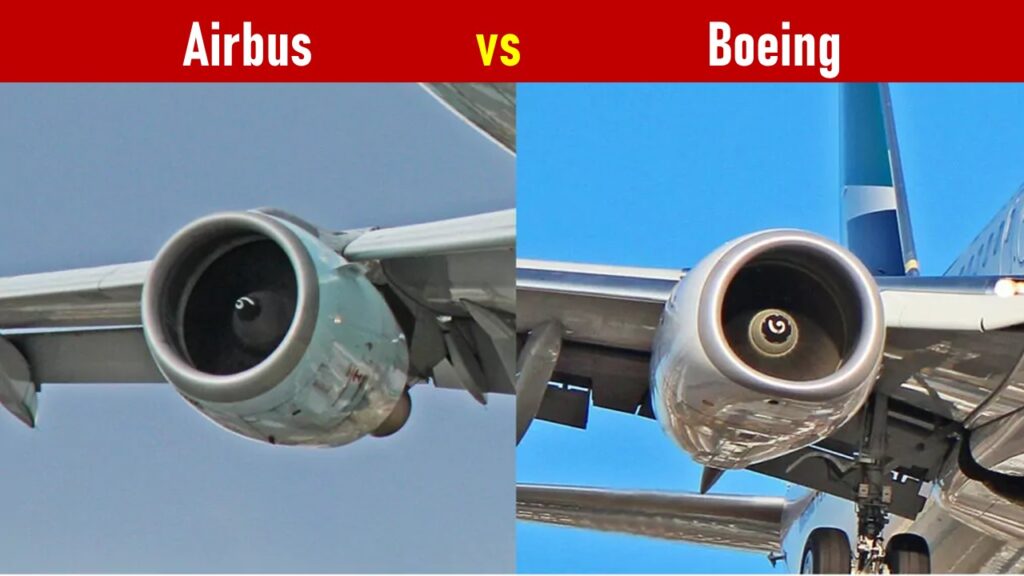
Airbus: Airbus engines, on the other hand, typically appear more rounded or bulbous, with a consistent circular design throughout.
In essence, Boeing’s engines are recognized for their slightly flatter design, while Airbus opts for a more uniformly round engine.
Control System: Airbus vs. Boeing
Boeing: Boeing aircraft primarily use a control yoke, also known as a control wheel. This is a traditional steering column that pilots pull or push to control the aircraft’s pitch and turn it left or right. It feels somewhat similar to driving a car but in a more complex three-dimensional space.
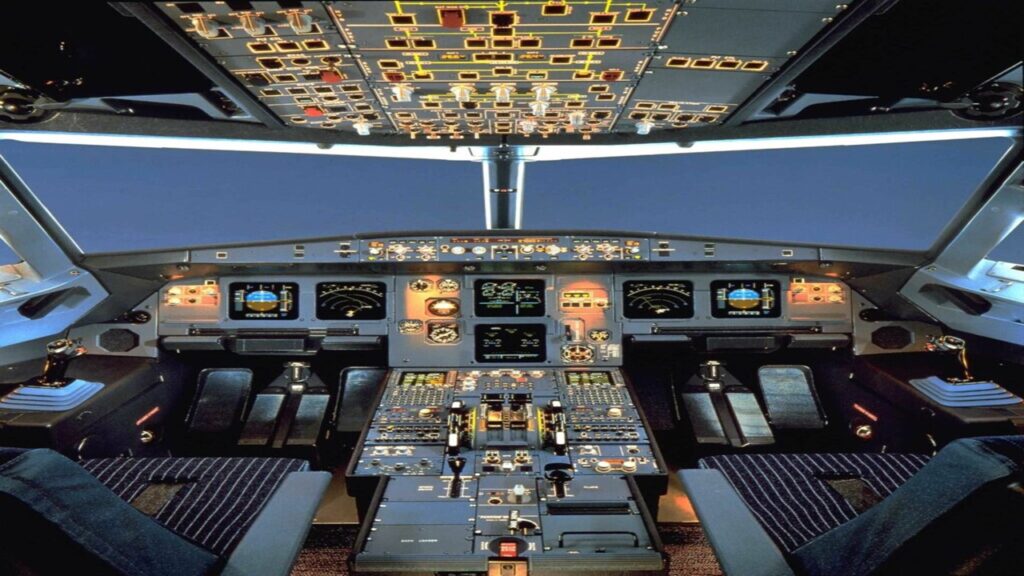
Airbus: Airbus introduced a side-stick control system in their aircraft. This is a joystick-like controller located to the side of the pilot, and it electronically controls the plane. The side-stick offers a more intuitive feel, like video game controls, and it’s part of Airbus’s fly-by-wire system where computers assist and interpret the pilot’s commands.
In summary, Boeing retains the classic control yoke for a hands-on flying experience, while Airbus utilizes a modern side-stick control connected to advanced computer systems for flight operations.
The Cockpit Design: Airbus vs. Boeing
Boeing: Boeing’s cockpit is characterized by its traditional layout, with numerous switches, dials, and manual controls. This design reflects Boeing’s long history in aviation and gives pilots a tactile interaction with the aircraft’s systems. The cockpit has evolved over time, with newer models featuring advanced digital displays, but the general layout remains familiar to many pilots trained on Boeing aircraft.
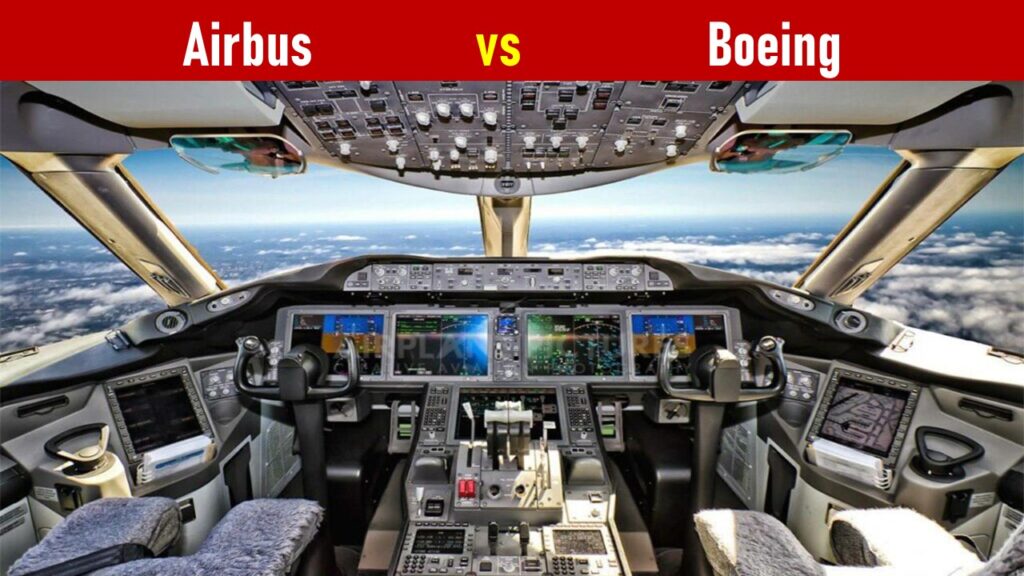
Airbus: Airbus cockpits are designed with modernity in mind. They emphasize digital interfaces and electronic displays, reducing the number of physical switches and dials. The cockpit’s layout is more streamlined, offering a cleaner, more organized look. Airbus’s emphasis on automation and its fly-by-wire system means that its cockpit is optimized for electronic interactions between the pilot and the aircraft.
In a nutshell, while Boeing’s cockpit gives a nod to traditional aviation with its classic design, Airbus’s cockpit leans towards a contemporary, digital-first approach.
The Tail: Airbus vs. Boeing
Boeing: Boeing aircraft tails are typically slender and tend to be more angular in design. The vertical stabilizer, which is the upright part of the tail, often has a slightly curved or tapered top. The horizontal stabilizers, which are the parts extending out from either side of the vertical stabilizer, are usually straight and align neatly with the overall tail design.

Airbus: Airbus tails, on the other hand, are recognized for their slightly broader and more bulbous appearance. The vertical stabilizer on Airbus aircraft is often more rounded at the top, giving it a distinct profile. The horizontal stabilizers may also have a gentle upward curve, adding to the unique Airbus tail aesthetic.
To sum it up, Boeing tails are characterized by their slender and angular design, while Airbus tails are more rounded and robust in appearance.
The Lighting: Airbus vs. Boeing
Boeing: Boeing aircraft often feature a combination of both traditional and modern lighting. The exterior lighting, such as navigation and anti-collision lights, are robust and have been standardized across most of their models. Inside, the cabin lighting in newer models, especially the Dreamliner series, boasts adjustable LED lights that can mimic various times of the day, enhancing the flying experience for passengers and reducing jet lag.

Airbus: Airbus places a strong emphasis on innovative lighting solutions. Externally, their aircraft have bright and easily recognizable navigation and landing lights. Internally, Airbus cabins, particularly in the A350 series, utilize advanced LED mood lighting systems. These can recreate different lighting scenarios, from a calming evening ambiance to a refreshing morning glow, all aimed at improving passenger comfort.
In summary, while both Boeing and Airbus have incorporated advanced lighting techniques, especially in their recent models, each has its own signature style. Boeing combines the traditional with the innovative, while Airbus leans heavily on modern, mood-enhancing illumination.
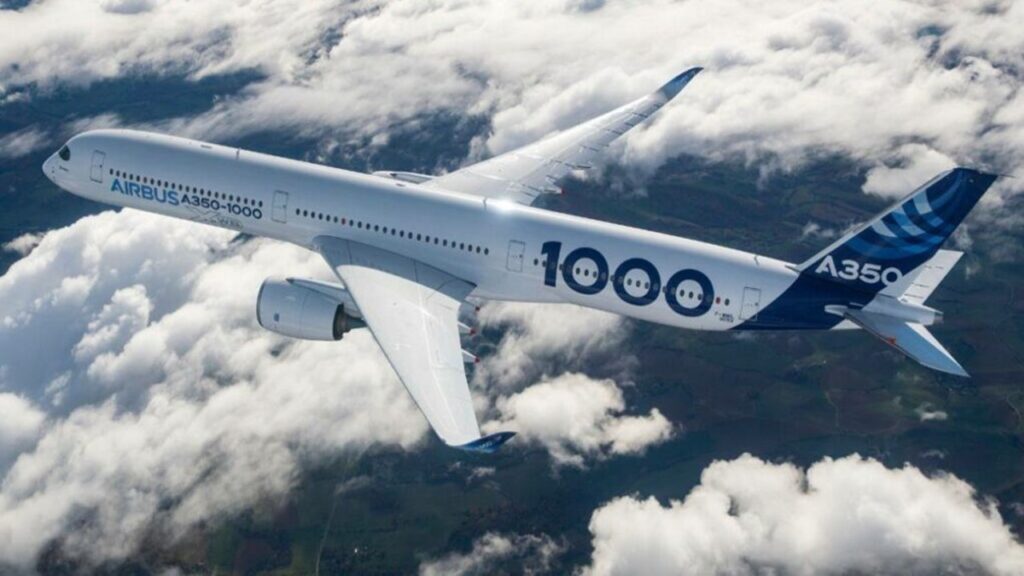
Fleet Comparison: Boeing vs. Airbus
Boeing and Airbus stand as the two giants in commercial aircraft manufacturing. Both offer a range of aircraft to meet the diverse needs of global airlines. Here, we’ll compare the primary aircraft from each manufacturer in their respective categories.
Narrow-Body Aircraft
- Boeing: The 737 series is Boeing’s star in the narrow-body segment. The most recent iteration, the 737 MAX, incorporates advanced technologies to improve efficiency, though it faced challenges recently.
- Airbus: Airbus counters with the A320 family, which includes the A318, A319, A320, and A321. The A320neo (new engine option) variants offer improved fuel efficiency and have been quite popular among airlines.
Wide-Body Aircraft
- Boeing:
- 777 Series: Known for its long range and large capacity.
- 787 Dreamliner: A more recent addition, the Dreamliner offers advanced materials and aerodynamics for efficient long-haul flights.
- 747 Series: A classic jumbo jet, known for its iconic humpbacked design.
- Airbus:
- A330 and A330neo: A versatile wide-body offering with different range capabilities.
- A350 XWB: A modern competitor to the 787 with advanced materials and aerodynamics.
- A380: The world’s largest passenger airliner, a true double-decker.
Future Outlook
- Boeing: They are considering the development of the NMA (New Midsize Airplane) which might bridge the gap between the 737 and the 787 in terms of size and range.
- Airbus: The European manufacturer is consistently innovating, with talks about further improving the A320 family and the development of potential new aircraft, possibly in the middle market segment.
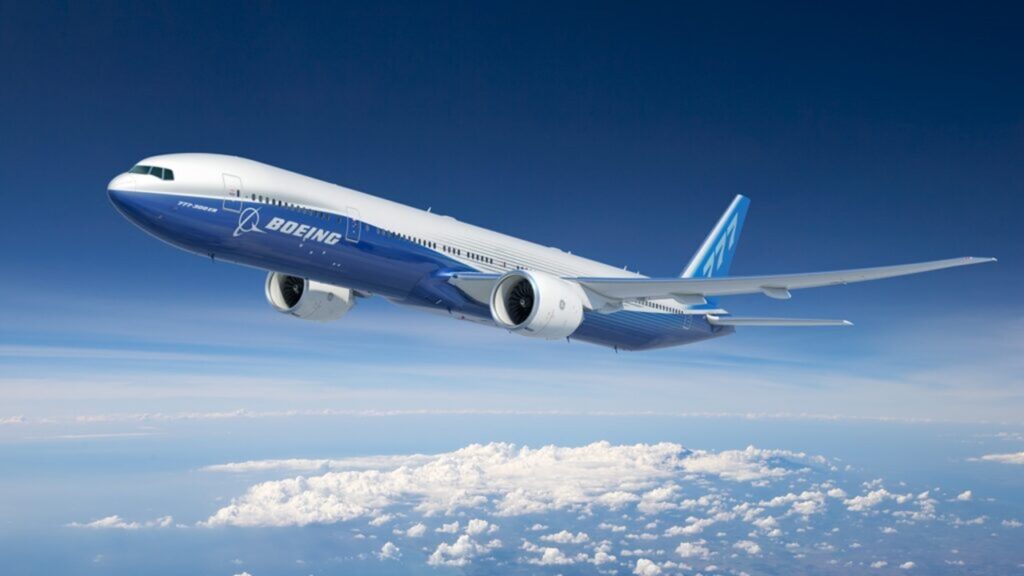
Pros and Cons : Airbus vs. Boeing
Airbus
Boeing
In summary, while Boeing offers robust, reliable aircraft backed by decades of experience, it has faced its set of challenges related to competition, market pressures, and recent controversies.
Airbus vs Boeing: A Brief Overview
In the annals of aviation, 1916 saw the emergence of an American titan, as William E. Boeing laid the foundation for what would become the aerospace giant, Boeing. With over a century under its wings, Boeing has profoundly shaped the trajectory of the aerospace realm. Meanwhile, across the Atlantic, Airbus sprouted in 1970 from a collaborative effort pooling the aeronautical prowess of France, Germany, and the UK. Within just fifty years, Airbus has risen to challenge Boeing’s dominance on the global stage.
Tussle for Market Supremacy:
The skies bear witness to the intense rivalry between Boeing and Airbus, as both juggernauts relentlessly contest for market dominance and customer orders. Lately, riding on the coattails of the A320neo family’s success, Airbus has managed to capture a slightly larger market slice. Yet, the competition never rests; both entities continually innovate, crafting newer aircraft models in a bid to outshine each other and command a greater market presence.
Environmental Initiatives:
Even as Airbus and Boeing face financial challenges from the pandemic, both are committed to environmental responsibilities. They’re focused on making planes more fuel-efficient and adopting eco-friendly production techniques.
Recently, both have launched aircraft models like Airbus’s A350 and Boeing’s 787, which use advanced materials and designs to save fuel. Both companies are also researching electric and hydrogen technologies to make future planes more green.
Production & Shipping: Airbus vs. Boeing
Airbus delivers planes to customers faster than Boeing. While Boeing has many nearly-ready planes, their delivery speed hasn’t met expectations. They aim to produce 31 planes monthly but face challenges. On the other hand, Airbus plans to make 75 A320neo planes every month but struggles with timely deliveries. They’ve even pushed some deliveries from 2022 to 2023, indicating a gap between planned and actual production.
Number Crunch: A Look at Two Aviation Giants Boeing 737-800 vs Airbus A320-200 (as example)
Boeing and Airbus have each introduced their latest, more fuel-efficient narrowbody aircraft versions to the market: the ‘neo’ (new engine option) for Airbus and the MAX for Boeing. While these models are steadily increasing in production, the majority of airlines still operate with the previous generation. Currently, passengers are more likely to find themselves on a Boeing 737-800 (NG) or an Airbus A320-200 (ceo). Let’s dive into the specifications of these two prevalent aircraft to understand their differences.
| Parameters | Boeing 737-800 | Airbus A320-200 |
| Length | 39.5 m / 129 ft 7 in | 37.57 m / 123 ft 3 in |
| Wingspan | 35.8 m / 117 ft 5 in | 34.1 m / 111 ft 10 in |
| MTOW | 79,000 kg /174,000 Ib | 77,000 kg / 170,000 Ib |
| Range | 5,425 km / 2,930nm | 5,700 km / 3,078nm |
| Cruise speed | M 0.785 | M 0.78 |
| Capacity (typical) | 162 pax | 150 pax |
| Max capacity | 198 pax | 190 pax |
Airbus vs Boeing: Which is Superior?
This debate boils down to preference. Some pilots prefer the feel and control of Boeing, while others vouch for the technology-driven approach of Airbus.
Design Approach:
- Boeing emphasizes a pilot-centric design, giving aviators more manual control.
- Airbus leans towards a computer-centric approach, with automated systems often having the final say.
Popular Models:
- Boeing: The fuel-efficient 787 Dreamliner and the iconic 737 MAX.
- Airbus: The versatile A320neo family and the long-haul A350 XWB.
Market Performance: In recent times, while Boeing led in sales historically, Airbus has narrowed the gap, especially with the A320neo’s success.
Safety: Both prioritize passenger safety, with each having stellar records, punctuated by rare incidents.
Preference:
- Pilots may favor Boeing’s manual feel or Airbus’s computer assistance.
- Passengers generally find both comfortable, with distinctions like the 787’s larger windows or the A380’s spaciousness making subtle differences.
Neither Airbus nor Boeing can be declared categorically superior; both have their merits. Preference often boils down to individual or airline-specific needs. Both continue to shape and drive the future of global aviation.
Airbus vs Boeing: Sales and Customers By The Numbers
In the battle of the skies, Airbus and Boeing have long been competing for market supremacy. A comparison by sales and customer numbers can provide a clearer view of their respective positions in the aviation industry.
Yearly Sales:
- Boeing: Historically, Boeing has seen robust sales, particularly from its iconic 737 series. In 2019, for instance, Boeing delivered 380 aircraft, though this number faced a significant drop due to the 737 MAX grounding.
- Airbus: Airbus has steadily increased its market share over the years. In 2019, Airbus delivered a record 863 commercial aircraft to 99 customers worldwide, surpassing Boeing for the year.
Global Reach:
- Boeing: Boeing has a strong presence in North America, with leading airlines like Southwest and Delta operating vast fleets of Boeing aircraft. Additionally, Boeing has a considerable market in Asia, with carriers such as ANA and Singapore Airlines.
- Airbus: Airbus’s global footprint is impressive. From European carriers like Lufthansa and Air France to Asian giants like IndiGo and Cathay Pacific, Airbus’s reach is vast. They’ve also made inroads into the American market, with carriers like JetBlue and American Airlines using Airbus aircraft.
Customer Base:
- Boeing: Boeing boasts over 12,000 aircraft in operation worldwide, with a broad customer base spanning 150 countries.
- Airbus: Airbus, not to be outdone, has delivered over 12,000 aircraft since its inception, with its planes currently flying with more than 500 airlines globally.
While Boeing traditionally had an edge in sales, Airbus has substantially caught up, often surpassing Boeing in recent yearly sales figures. However, both manufacturers have a diverse and broad customer base, ensuring their aircraft can be seen at virtually any major airport worldwide.
Common Misconceptions: Airbus vs Boeing
Let’s address and clear up some common misunderstandings about the Airbus and Boeing rivalry. Think of buying an aircraft like choosing a new car. It might come with basic features, but much of the customization is up to the buyer.
For instance, any variation in in-flight entertainment, seat configuration, aisle width, legroom, and aircraft livery is the choice of the airline, not the manufacturer. So, if you’re ever left wanting after a flight, your gripe might be with the airline rather than Airbus or Boeing.
That said, there are design aspects strictly determined by the aircraft manufacturers. Notable examples include the design of overhead luggage compartments and the cockpit’s legroom.
In summary, while both manufacturers have their distinct features, it’s crucial to discern between airline-specific choices and those inherent to the aircraft. The next time you fly, remember to credit or critique the right entity.
FAQs on Airbus vs. Boeing
- Which is more popular, Airbus or Boeing?
The popularity between Airbus and Boeing fluctuates based on various factors like new model releases, safety records, and sales figures. Historically, both have dominated different segments of the market at different times. - Have there been more accidents with Airbus or Boeing aircraft?
Both Airbus and Boeing have had incidents and accidents over the years. It’s essential to understand that multiple factors can lead to an accident, including human error, maintenance issues, or environmental conditions. Statistically, both manufacturers maintain a high safety record. - Which is more technologically advanced: Airbus or Boeing?
Both companies invest heavily in research and development to produce technologically advanced aircraft. While Airbus is often credited with pioneering fly-by-wire technology, Boeing has its own set of innovations. The perception of which is more advanced can vary depending on specific aircraft models and their features. - Do pilots prefer flying Airbus or Boeing?
Pilot preferences between Airbus and Boeing can be subjective. Some pilots favor the manual control features of Boeing, while others appreciate Airbus’s automation. Training, experience, and individual aircraft model familiarity can also influence a pilot’s preference. - Which company sells more aircraft, Airbus or Boeing?
Sales figures vary year by year. Some years, Airbus has secured more orders, while in others, Boeing has been the leader. Factors like new model launches, global economic conditions, and geopolitical events can influence annual sales figures.
In Summary: A Matter of Choice
For travelers worldwide, both Airbus and Boeing represent the pinnacle of safety and reliability in the skies. The debate between the two isn’t about superiority but about personal preference. Both aircraft soar, land, and offer exhilarating speeds with designs tested for maximum safety. The distinctions between them don’t undermine their performance or security but rather highlight their unique brand identities.
Remember, it’s the airlines that craft the interior experience for passengers, not the aircraft manufacturers. While comfort is paramount, this aspect falls outside the purview of Airbus or Boeing. At the heart of it, the choice is personal: whether one opts for the state-supported Airbus or the defense-partnered Boeing, excellence awaits.
Customer Reviews: Airbus vs. Boeing
1. Sarah J., Frequent Flyer: “Having flown on both Airbus and Boeing planes regularly, I’ve come to appreciate the subtle differences. I particularly enjoy the spacious feeling in the Airbus A350, but there’s something reassuringly familiar about the Boeing 777’s interior.”
2. Mike T., Aviation Enthusiast: “It’s a tough call! From an aviator’s perspective, I love the technology and modern feel of Airbus cockpits, especially the side-stick control. But there’s no beating the classic yoke and design of Boeing. It feels like a pilot’s aircraft.”
3. Linda F., Business Traveler: “Consistency is key for me. While each airline does its own cabin layout, I’ve found Airbus aircraft, especially the A320 family, to have slightly wider seats, which makes a difference on those long-haul flights. On the other hand, Boeing’s Dreamliner windows are a game-changer!”
4. Rahul P., Occasional Traveler: “To be honest, I never really noticed a difference until my recent flight on a Boeing 737 MAX, which felt modern and had great in-flight entertainment. My previous Airbus flight was comfortable too. It’s more about the airline service for me.”
5. Emily K., Globe Trotter: “I’ve always been an Airbus fan, mainly because of the quietness of the A380. However, my recent trips on Boeing’s 787 Dreamliner have been exceptional, mainly due to its lighting and larger windows. It’s hard to pick a favorite!”

